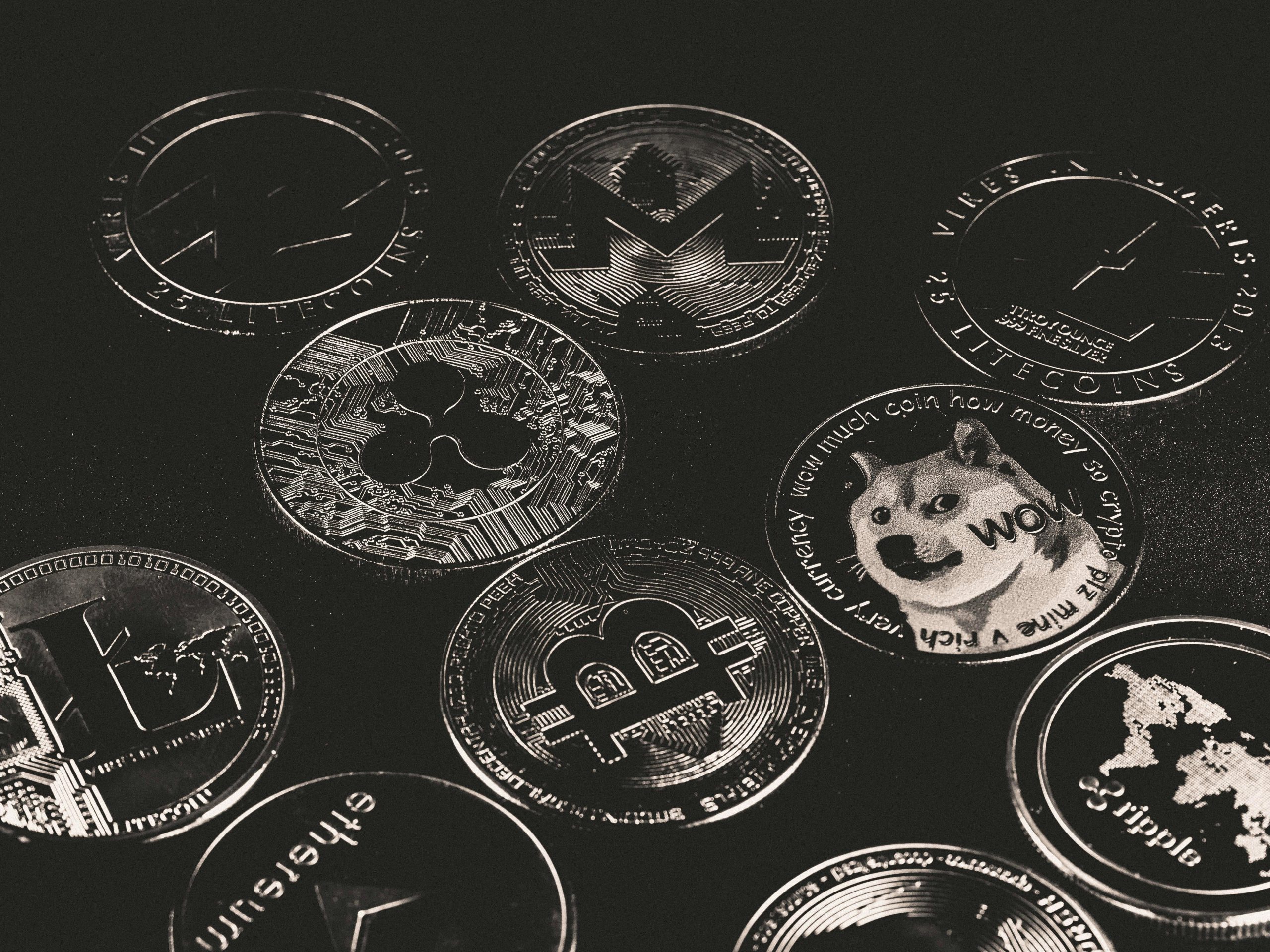Kelly
Editor

Solana’s liquid staking ecosystem has experienced substantial growth, marked by a significant increase in the liquid staking ratio and the diversification of the market. Technological advancements and the emergence of new platforms like Sanctum Router and Sanctum Reserve have been foundational in fostering this development. This expansion is enhancing liquidity and innovation in the Web3 space, making Solana a key player in the decentralised finance sector.
As Solana rises to fifth place among global cryptocurrencies, its liquid staking environment is expanding rapidly, reflecting its growing usage. The liquid staking ratio increased by 1.76% this quarter, with the quantity of Liquid Staking Tokens (LSTs) doubling, indicating market diversification.
This transition is shown by the decline in dominance of the top three liquid staking providers, whose market share has shrunk dramatically. The growing popularity of Solana’s platform is demonstrated by over $54 billion in crypto assets invested across many platforms, increasing liquidity and providing potential for stakeholders.
In recent months, Solana’s liquid staking landscape has shifted dramatically. The liquid staking ratio on Solana increased by 1.76% quarter over quarter. This growth is part of a more significant trend in which the number of Liquid Staking Tokens (LSTs) on the platform has doubled, showing a healthy ecosystem expansion.
The market has become more competitive and diverse, as indicated by the top three liquid staking providers’ declining market share from 93% to 68.7%. This implies a shift towards a more decentralised and robust staking ecosystem, giving customers more options and encouraging healthy competition among providers.
Solana’s liquid staking model differs from other prominent blockchains like Ethereum. Around 60% of Solana’s native token, SOL, is currently staked. Nonetheless, only a tiny percentage (6%) of this is used for liquid staking, indicating a substantial untapped market with possibilities for expansion.
In contrast, Ethereum has a lower total staking percentage but a more significant fraction of its staked assets in liquid form. This distinction highlights Solana’s potential for enhanced liquid staking, allowing investors and developers to reap the benefits of higher liquidity and yield production without jeopardising their staking positions.
Several significant reasons have contributed to the recent growth of Solana’s liquid staking environment. Notably, Jito Labs’ creative innovations, such as the airdrop, have played a critical role. This particular airdrop boosted the liquid staking ratio by 2% between Q4 2023 and Q1 2024.
Introducing crucial infrastructure such as the Sanctum Router and Sanctum Reserve has established a firm platform for future expansion. These platforms have not only made liquid staking more accessible but also included additional features that boost Solana’s overall efficiency and desirability as a staking venue.
The advancement of technology in Solana’s liquid staking area has been a significant impetus for its expansion. Platforms like Sanctum have simplified the development and scalability of Liquid Staking Tokens (LSTs), making it easier for newcomers to participate in the ecosystem.
Technological advancements have made integrating staking systems into more extensive DeFi operations easier, allowing users to use their staked assets better. This technological advancement has resulted in more market involvement, making Solana an increasingly appealing alternative for both experienced investors and newbies to the crypto space.
The liquid staking market for Solana is seeing the birth of new leaders and innovations, which are setting new industry standards. For example, Jupiter Exchange’s jupSOL token recently exceeded bSOL in market capitalisation, with a total value locked (TVL) of $329 million.
Over the last month, jupSOL’s TVL has increased by 22%, partly thanks to its integration with Kamino Finance. This coin is presently the most deposited LST on Kamino, with the most significant annual percentage yield (APY) of 21%, reflecting its increasing popularity and adoption in the Solana ecosystem.
The growth of Solana’s liquid staking environment has transformational ramifications for the larger Web3 landscape. By increasing the liquidity and utility of staked assets, Solana promotes innovation in decentralised finance (DeFi) applications, which are key to the Web3 vision. This invention allows for broader engagement in governance and financial activities on the blockchain without the traditional constraints of capital lockup.
Liquid staking on Solana enables the construction of staking derivatives that may be traded, lent, or used for collateral. This feature not only increases the flexibility of asset management in the blockchain arena but also lowers the entrance hurdles for both individual investors and institutional participants. As more assets become available for DeFi operations, the market’s total liquidity improves, as do the effectiveness and stability of price discovery mechanisms.